Jasmine gardenia belongs to the Marenova family. Among domestic flowers, this plant stands out as decorative leaves, and abundant, beautiful flowering. A compact bush is formed by many shiny, dark green leaves, and during the flowering period pleases with lush buds of cream or white color.
This plant was first described in 1761, and the name of the flower was given by G. Eret, who noticed the similarity of the aroma of a flowering plant with jasmine. Sometimes there is the name Gardenia Augustus, which today is considered popular. In the wild, the flower lives in South China, India, Japan and Vietnam.
Gardenia jasmine-like requires quite a bit of attention from a gardener and careful care at home, because the conditions for keeping the flower should be as similar as possible to their natural habitat, which is not easy to organize in modern apartments.
Content
Description and benefits of indoor jasmine gardenia
In wild conditions, jasmine gardenia can reach two meters in height. Indoor flowers are compact in size, and the maximum height of the bush varies within 50 cm. In regions with a warm climate, some gardeners practice growing gardenia in the open ground, but a heat-loving plant is best kept indoors.
In the photo you can see that gardenia resembles a small shrub that is densely covered with dark green foliage.
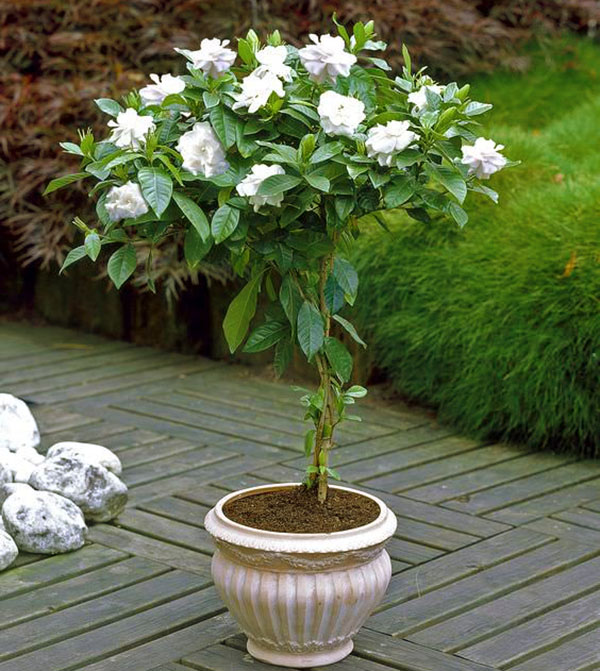
Gardenia with snow-white buds is considered a family plant that brings calm, good luck and creates a cozy atmosphere. The Feng Shui doctrine states that the flower is able not only to purify the air, but also positively affects the energy of housing. Thanks to this, close people curse less and overcome difficulties together. Housewives prefer to place a flowerpot with gardenia in the kitchen, because it is believed that it helps to improve culinary abilities.
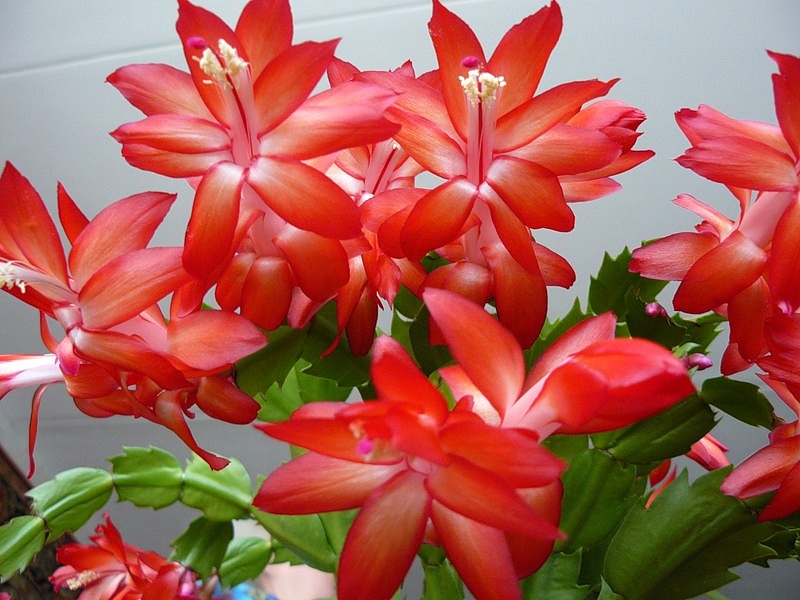 You may be interested in:
You may be interested in:It is quite difficult to achieve flowering. If the plant pleased with abundant flowering - this is a sure sign of the onset of wonderful changes in the life of the owner. They say that to put a flowerpot is useful not only in the kitchen, but also in the children's room. The presence of a flower helps the child cope with difficulties and protects against negative energy. It is believed that gardenia can protect households even from the evil eye.
Features of caring for jasmine gardenia at home
It is quite difficult to grow and achieve flowering gardenia in room conditions, because she needs to create a certain microclimate that must remain unchanged. Even a slight deviation during care can provoke leaf fall, yellowing of the leaves and fading of the flower.
Lighting
An important condition for growing is constancy, because sudden changes in temperature or lighting will entail dropping buds.The place for the plant should be selected constant, because you can not rearrange the flowerpot or even turn it.
Temperature and humidity
The temperature regime is very important for jasmine gardenia, because even small deviations can harm it. During the period of active vegetation, the room temperature should be in the range of 22-24 ° C. If the flowerpot is on the street, then before the onset of the flowering phase it is transferred to the room and the necessary temperature is maintained.
 You may be interested in:
You may be interested in:With the onset of winter, the flower begins to form flower buds, so the temperature should be reduced to 16-18 ° C.
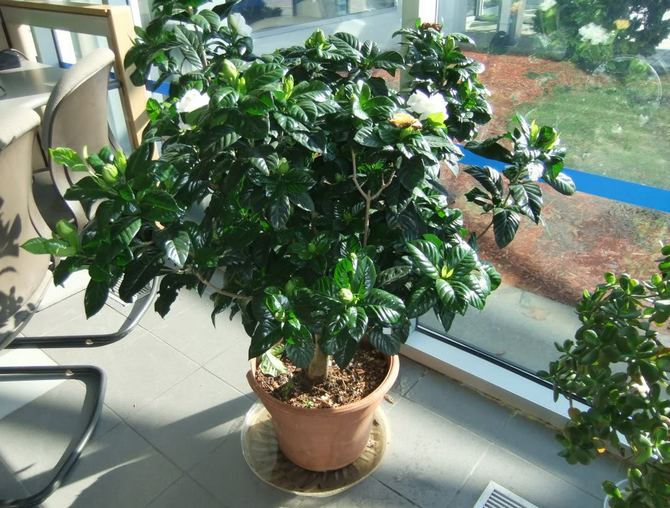
A resident of the subtropical climate needs moist air. Care of the flower should include regular spraying of the leafy part, while water should not fall on the buds and blossoming flowers. You can use a household air humidifier or put water containers near the flowerpot. A tray with wet stones, on which the pot is installed, will also help to increase humidity.
Watering and feeding
The soil should be regularly moistened with room temperature water. In the summer, the soil should be constantly in a slightly wet state, and in winter it should be allowed to dry for a few centimeters. Water for irrigation and spraying should be taken soft so that no leaves remain on the leaves, and harmful salts do not accumulate in the soil.
Gardenia responds well to fertilizing. Most often it is fertilized with mineral fertilizers for flowering plants. Useful substances should be introduced into the soil during the period of active growth (spring-summer). Several times a season it is useful to feed iron chelate, as well as add it to the spray liquid. The fertilizer should not contain magnesium and calcium, because these elements make the earth unsuitable for further flower growth.
Diseases and Pests
Tender plants are often attacked by spider mites, aphids, scale insects, and thrips. The affected flower slows or stops growth, yellowing of the leafy part is observed. Often the diseased leaves and buds begin to fall off from the diseased flower. Treatment should begin immediately after the detection of pests.
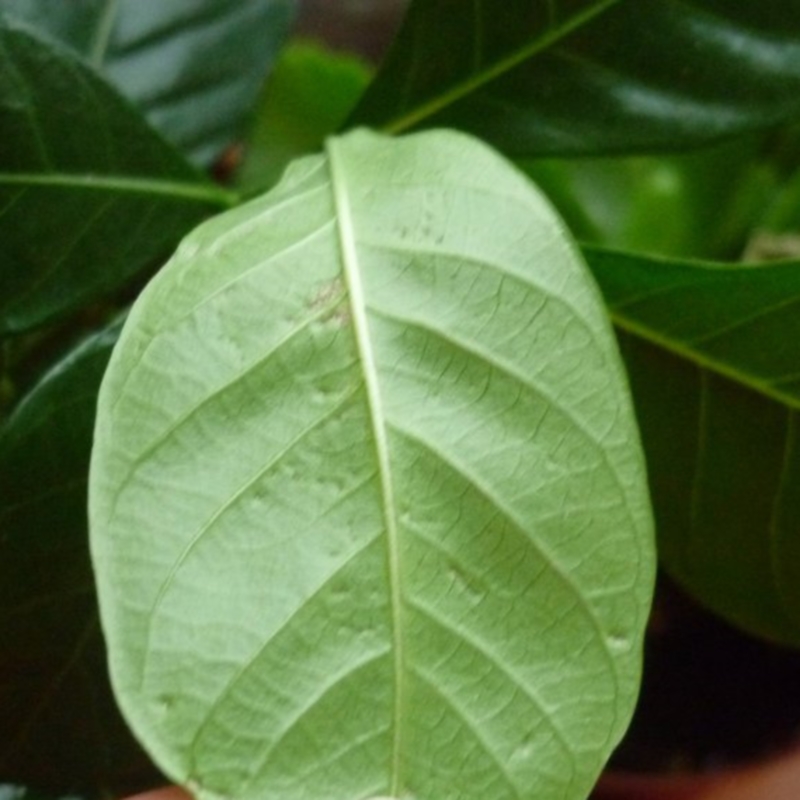
If the aerial part is affected by thrips, then first they are removed from the flower with a cotton swab previously moistened with alcohol. After that, the leaves are washed with a warm soapy solution, and only then they are treated with an insecticide. To combat other pests, it is effective to use the same insecticidal preparations (Inta-virus, Fitoverm, Decis). With severe damage, the procedure is carried out 3-4 times with an interval of 7-10 days.
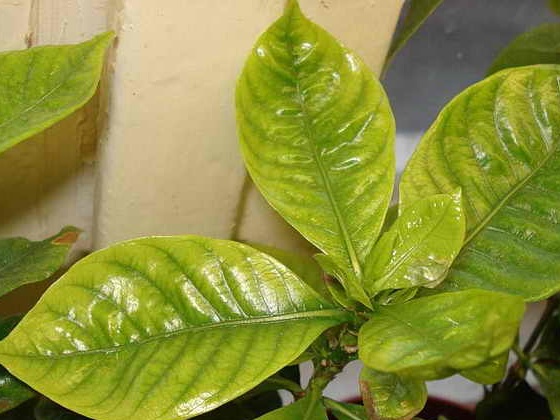
The most common jasmine gardenia disease is chlorosis. The reason is the use for watering too hard water with an excess of lime salts. When chlorosis appears, the leaves of the flower, especially young ones, acquire a yellow tint, and their veins remain green.The treatment consists in watering the plant with iron chelate, and only soft water, without lime, is used for watering.
Priming
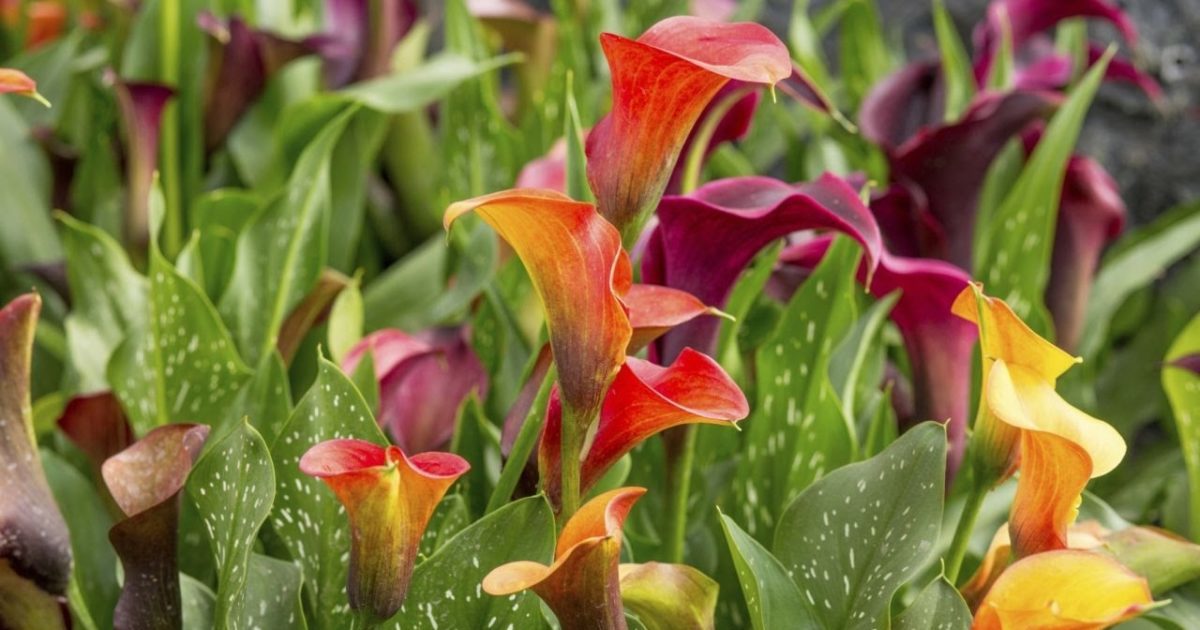 You may be interested in:
You may be interested in:The soil for jasmine gardenia should be chosen with an acid reaction. Suitable for her substrate, intended for growing azaleas.
You can independently create the perfect soil mixture of the following components:
- soddy soil;
- high peat (red);
- soil from coniferous forest;
- sheet earth;
- coarse sand.

This procedure is performed in order to remove salts that are harmful to the plant from its pores.
Hygiene
For gardenia, it is very important to follow the rules of hygiene, because it is often exposed to various diseases. It is necessary to timely remove faded buds, dry leaves and regularly “bathe” the plant under a warm shower. In addition to spraying, he needs to periodically wipe the foliage with a damp cloth to get rid of dust.
How to propagate and transplant the gardenia of Augustus
Like any houseplant, gardenia needs periodic replacement of soil and flowerpot. It is worth considering that the flower is no less picky in the composition of the soil than in basic care.
Transfer
The first few years, young gardenias are transplanted every spring. Reinforced flowers are advised to transplant once every two years. When transplanting adult flowers, it is necessary to carry out a partial pruning of the root system. It is desirable to carry out the procedure in the spring or after the completion of the flowering phase.
The transplant procedure is as follows:
- Jasmine gardenia is carefully removed from the container, carefully inspect the root system, cutting off damaged or dry roots.
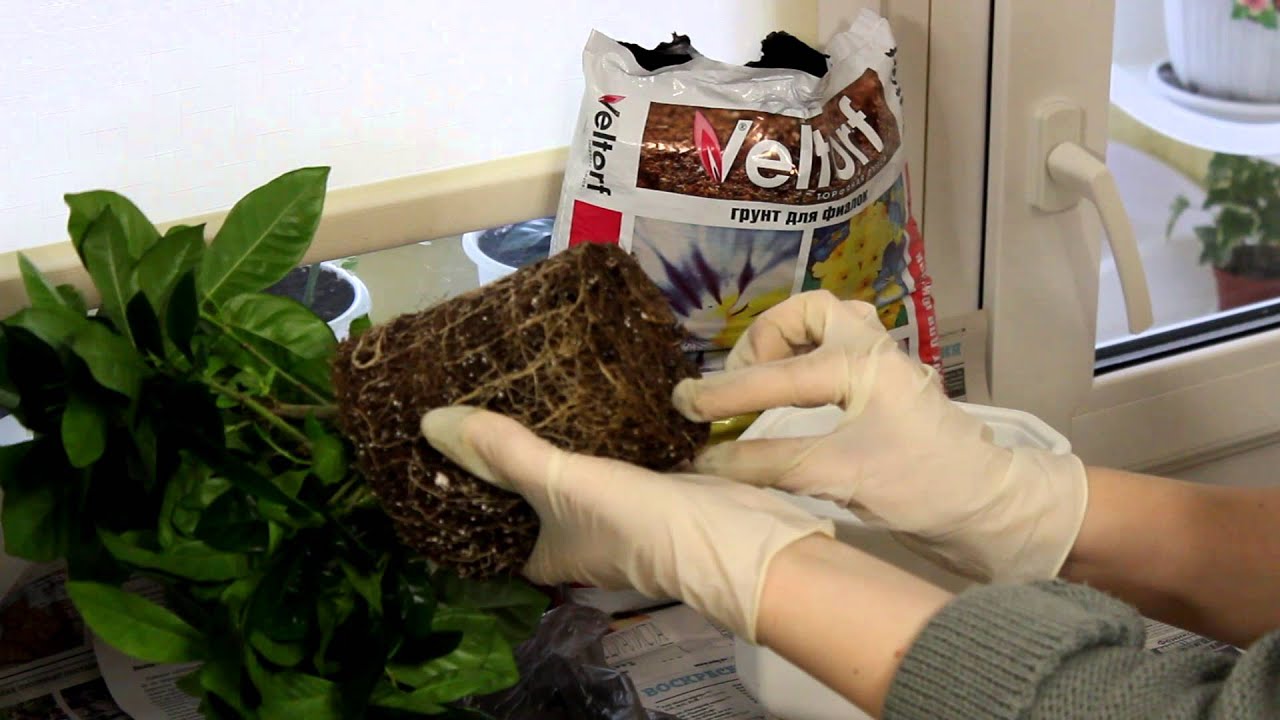
Root inspection - The flower is placed in the center of a new flowerpot, previously filled with a layer of high-quality drainage, and the voids are covered with a substrate. The filler for the flowerpot should consist of peat, turf, coniferous soil and sand.
- The container with the flower is shaken to evenly distribute the soil, then add the soil, slightly compacted and watered.
After transplanting, the flowerpot is placed in a permanent place, protected from scorching rays. This procedure causes tremendous stress, so when falling leaves, do not worry. The adaptation period after the transplant procedure is three weeks.
Breeding
The culture can be propagated in two ways: vegetative and seed, but both methods are quite complex, because the flower is difficult to root. When choosing a seed method, it is important to pay special attention to the freshness of planting material. You can purchase seeds in the floristry department or collect them yourself. Caution should be exercised in contact with seeds, because they are poisonous. The seed method is more suitable for experienced gardeners, since it requires certain skills.
Much more popular is the cuttings. To propagate gardenia using cuttings, you need to familiarize yourself with the procedure:
- healthy cuttings are cut from the top of the bush, the length of which should be about 10 cm;
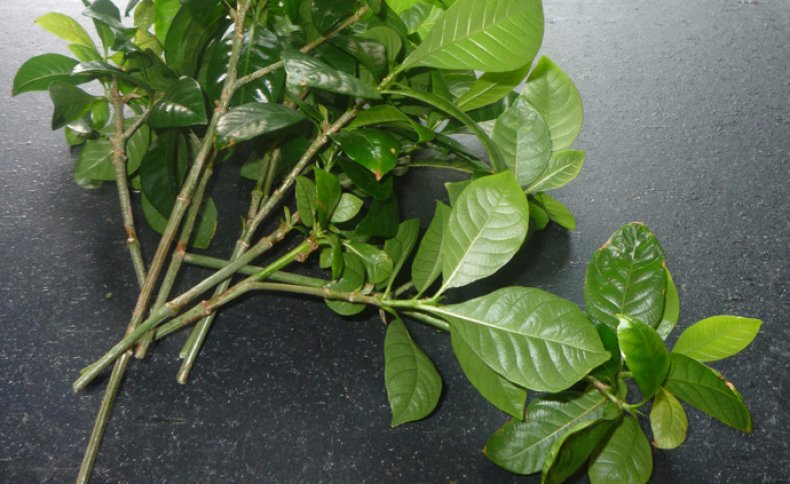
Gardenia cuttings - peat and river sand are poured into a container with drainage holes in equal proportions;
- the cuttings are placed in a weak solution of potassium permanganate, after which the cut is treated with a growth stimulator;
- deepen the cuttings into the soil mixture and insulate with glass or polyethylene;
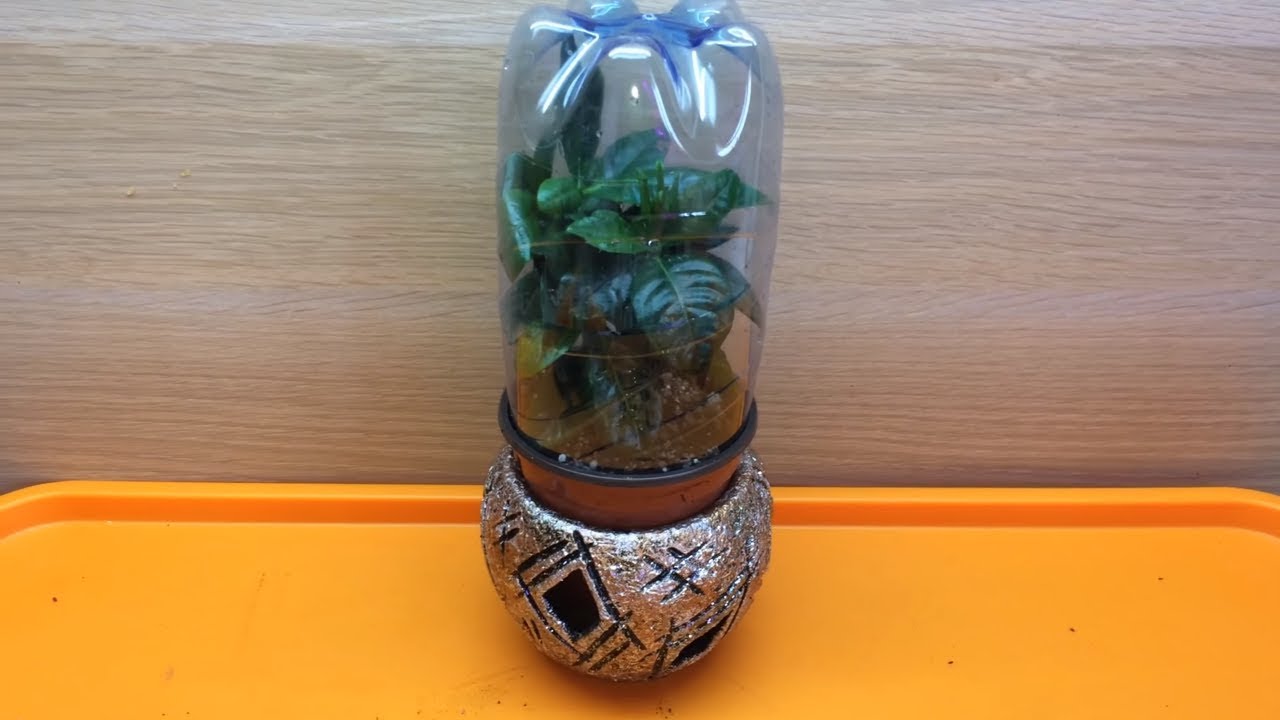
Insulation of cuttings - the container is transferred to a warm place with a temperature within 25 ° C.
Planting material should be ventilated daily and keep the soil moderately moist.
Common Growing Questions
Gardenia jasmine - a rather capricious and difficult to care for flower. But with proper care, the blossoming buds can overshadow even the well-known roses with their beauty. A long flowering period will allow you to long admire the delicate flowers that exude a sweet jasmine aroma.

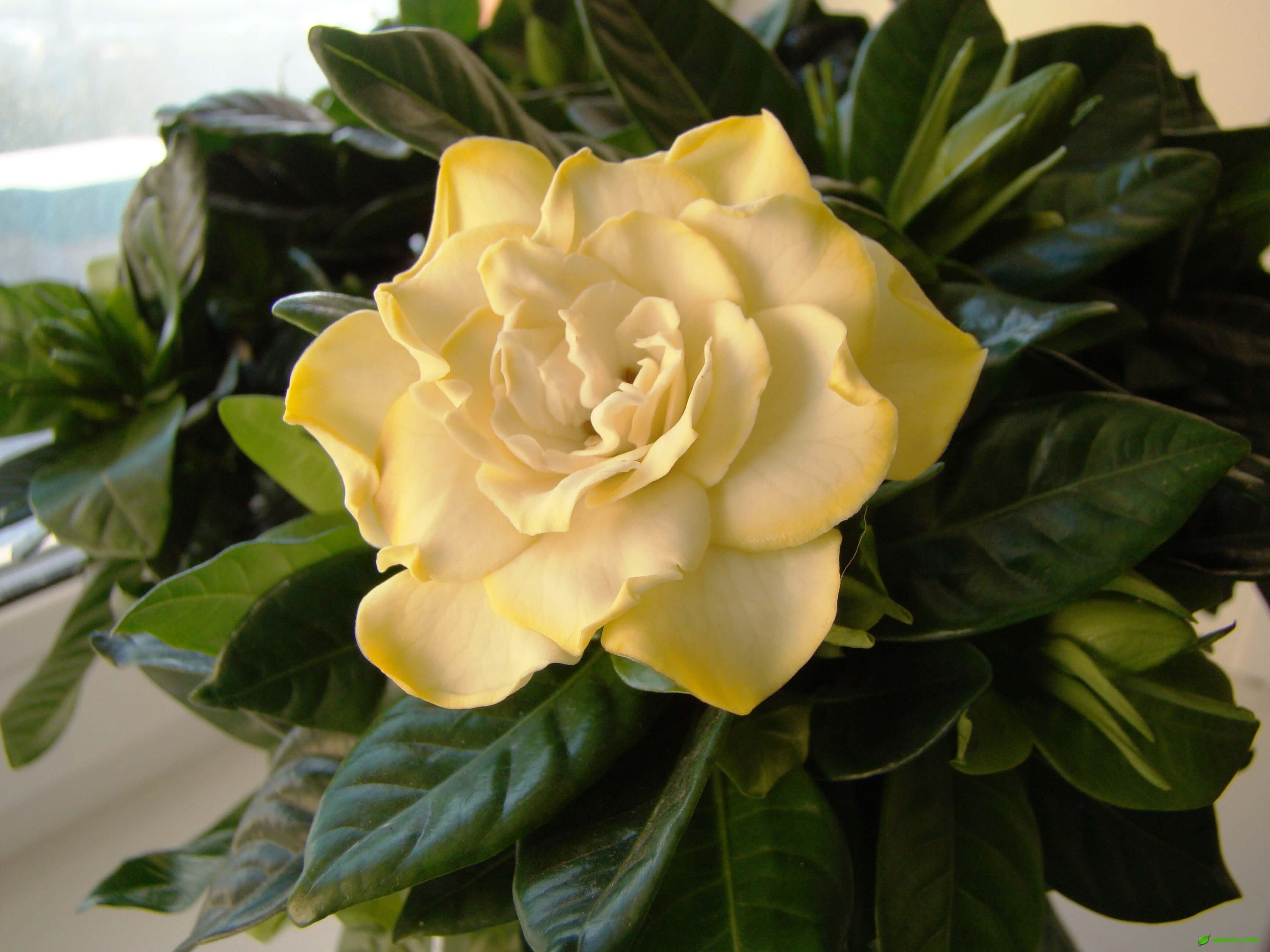
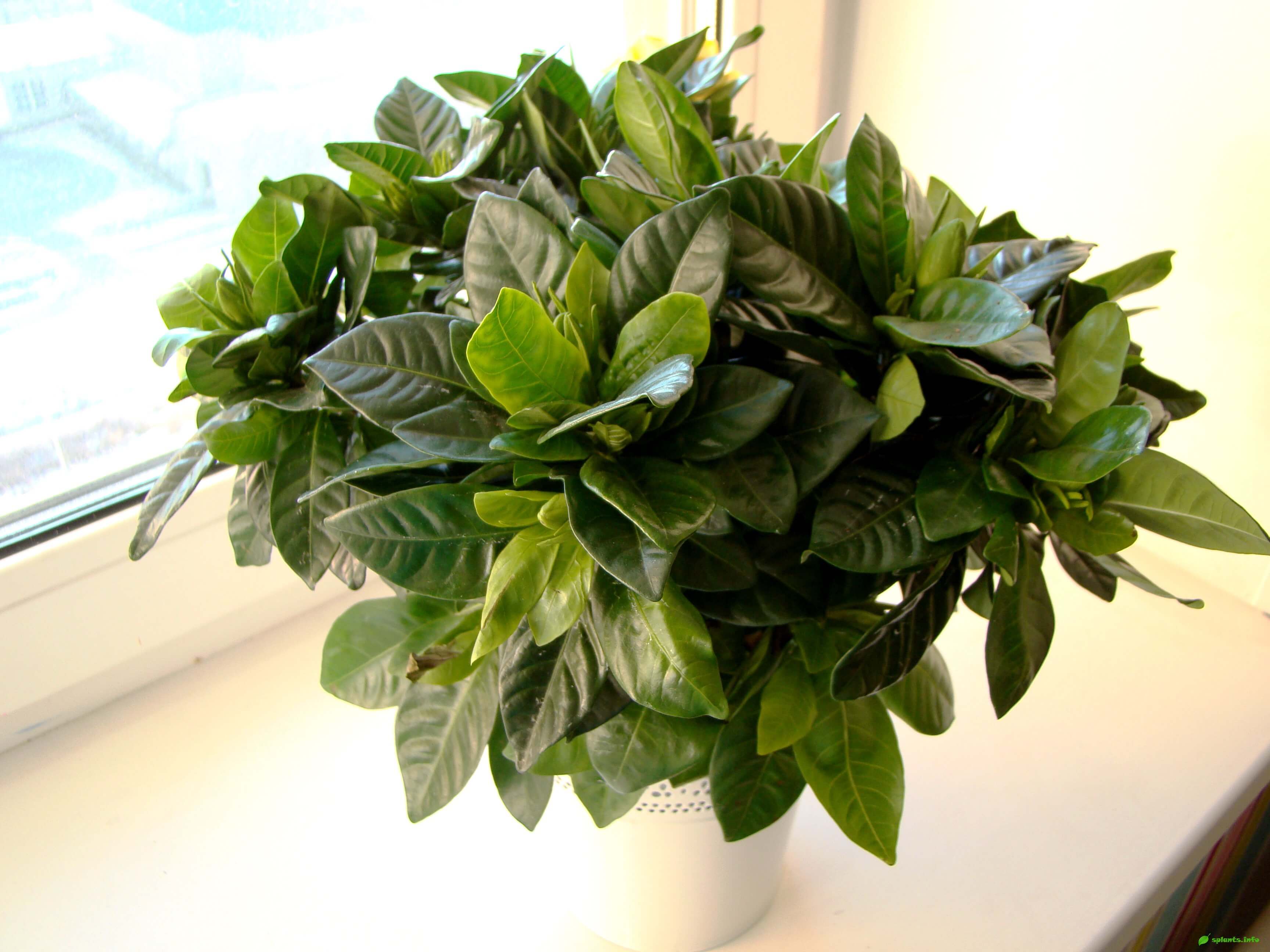
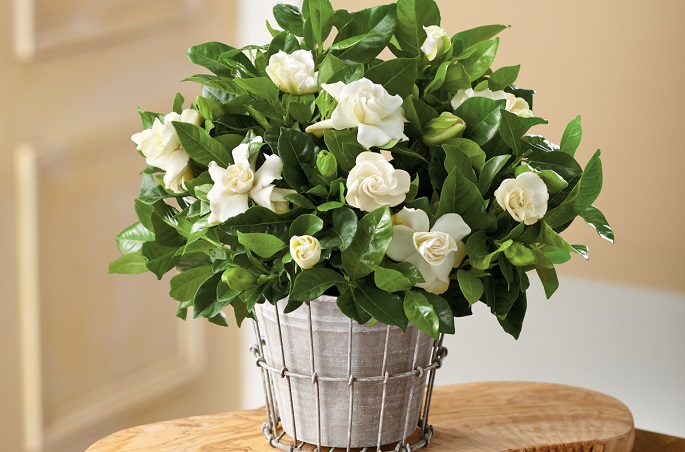



 10 beautiful annuals that bloom all summer
10 beautiful annuals that bloom all summer Sow in the ground, without seedlings: 10 beautiful and unpretentious flowers
Sow in the ground, without seedlings: 10 beautiful and unpretentious flowers Platicodon planting and outdoor care
Platicodon planting and outdoor care Hosta - planting and care in the open ground in the Urals
Hosta - planting and care in the open ground in the Urals